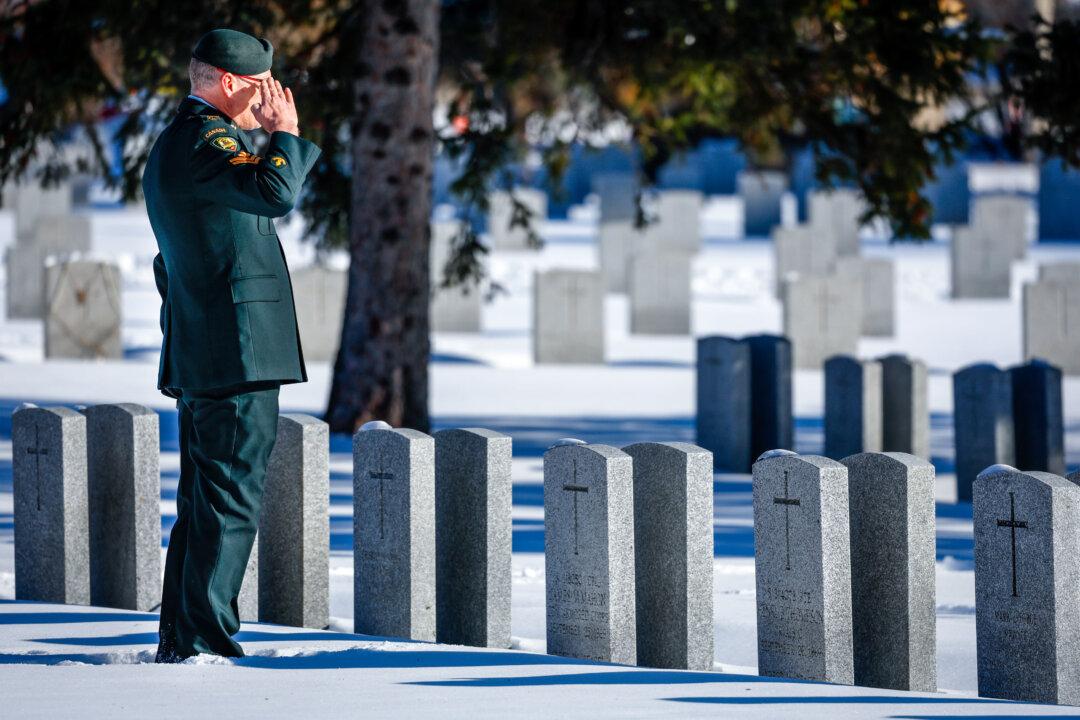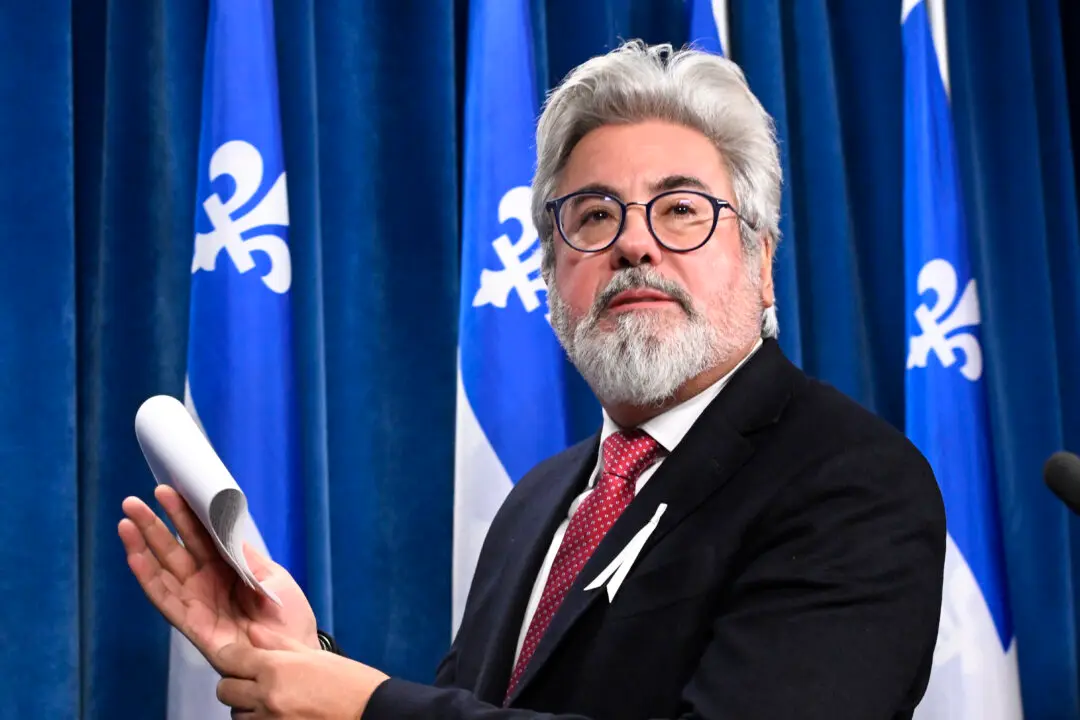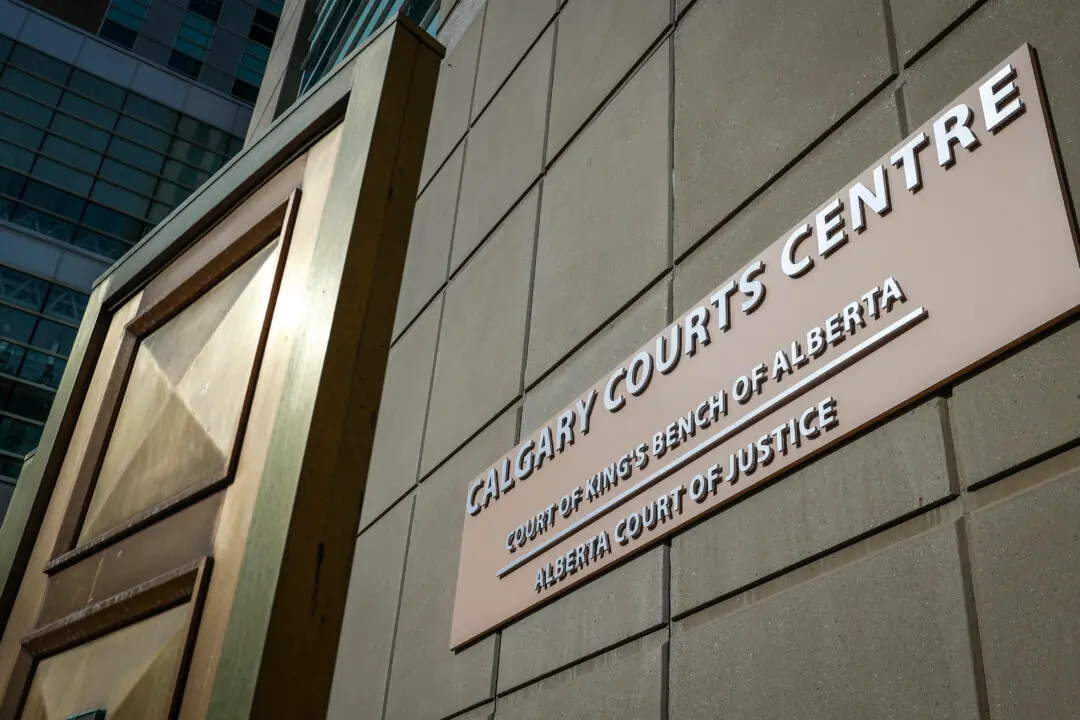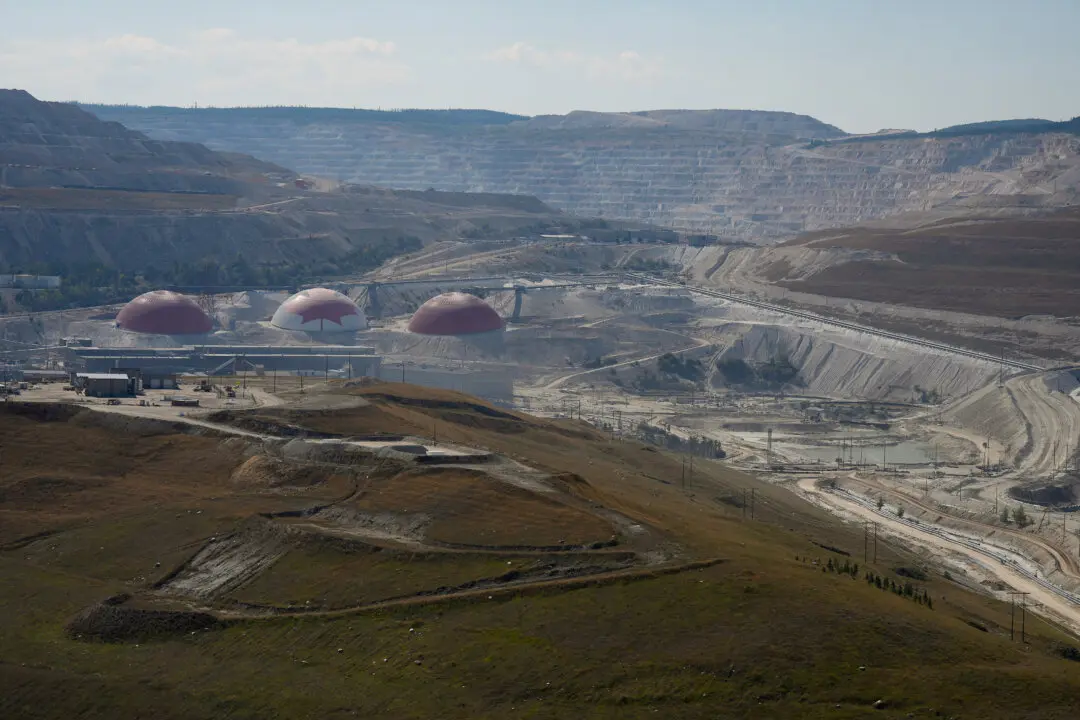On the 11th hour of the 11th day of the 11th month, many Canadians set aside two minutes of silence to remember the brave soldiers who fought for our freedom.
This moment serves as a poignant reminder that Canada has been and continues to be home to many ordinary men and women who have distinguished themselves through remarkable actions and exceptional bravery.





